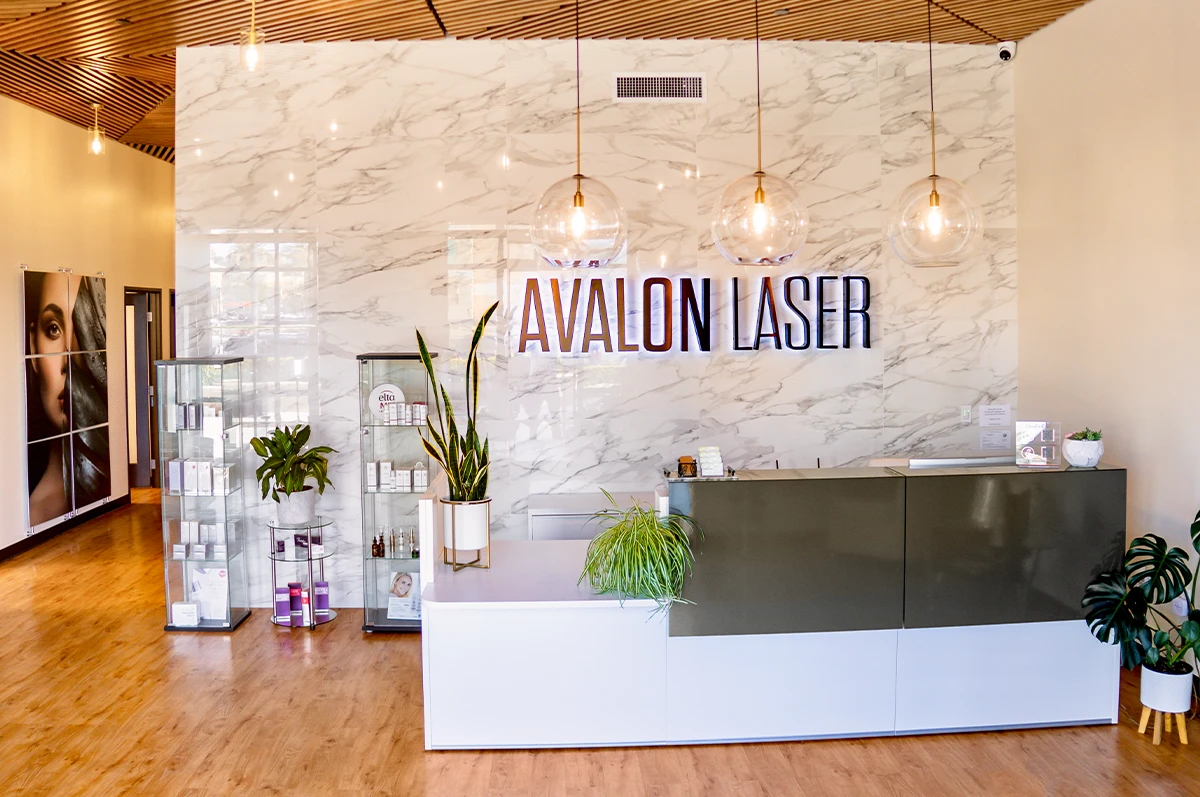When it comes to rejuvenating your look, two treatments always dominate the conversation — fillers and botox. These cosmetic procedures have become incredibly popular for anyone aiming to reduce wrinkles, enhance facial features, and restore youthful fullness. Both offer impressive anti-aging benefits, but the key lies in understanding their differences and figuring out which one fits your personal goals best.
Why Are Fillers and Botox Always Compared?
It’s simple — both involve injections, both deliver aesthetic enhancements, and both can reduce signs of aging without plastic surgery. Still, they work in totally different ways. While botox (also known as botulinum toxin) relaxes muscles to smooth out dynamic wrinkles caused by facial movements, fillers are used to add volume where time has taken it away.
These treatments are now staples in every medical center and clinic specializing in cosmetic procedures, from forehead botox injections to lip fillers and cheek contouring.
Fillers vs Botox: Key Differences
| Category | Fillers | Botox |
| Mechanism | Fillers are injectables made from hyaluronic acid or similar substances that plump the skin and restore lost elasticity. They literally fill the area to smooth out folds, creases, and marionette lines. | Botox uses a neurotoxin that temporarily weakens the facial muscles responsible for expression lines. It stops the muscle from contracting, reducing the appearance of wrinkles. |
| Areas | Commonly used around the mouth, chin, jawline, cheeks, lips, and even the corners of the mouth to restore contour and volume. | Typically injected into the forehead, crow’s feet, frown lines, and eyebrow area to soften dynamic wrinkles caused by repeated facial movements. |
| Cost | The price varies depending on the dose and treatment area. Check out this guide on How much is under eye filler for detailed pricing. | Pricing can vary too, depending on your clinic and the number of units. Learn more about How much botox is too much. |
| Duration | Fillers are generally longer-lasting — results can last from 6 months up to 2 years depending on the type of filler and how your body metabolizes it. | The effects of botox last about three to four months, after which you can schedule maintenance sessions. Find out more in How long does botox last. |
| Types | There are several facial fillers, most commonly made of hyaluronic acid. Others include calcium hydroxylapatite, poly-L-lactic acid, and fat transfer options. | There’s only one botulinum toxin, but brands vary — including Botox®, Dysport, Xeomin, and Jeuveau. |
How to Know Which One Is Right for You
If your main concern is static wrinkles and volume loss, fillers might be your best bet. They’re perfect for used to add fullness and definition to areas that have hollowed over time — like the cheeks, lips, or chin. Fillers may even improve elasticity by stimulating collagen production, giving you that youthful glow.
On the other hand, if your lines appear mostly with facial expression (like frown lines or crow’s feet), botox is the way to go. It targets muscles that cause wrinkles when you smile, frown, or raise your brows. The differences between botox and fillers really come down to whether your wrinkles are dynamic (caused by movement) or static (visible even when your face is relaxed).
What Is the Best for Static Wrinkles and Volume Loss?
Fillers shine here. They can minimize creases and restore volume loss that comes with age. Injected fillers made of hyaluronic acid can rehydrate your skin, fill out marionette lines, and smooth the area around the mouth and corners of the mouth. Over time, filler over time can even encourage your skin to look naturally plumper.
How Soon Will I See Results?
Fillers usually deliver instant results — you’ll see smoother facial contours and improved fullness right after your injection. Minor swelling or bruising can occur, but it typically fades within a few days.
Botox, however, takes a little longer to kick in. Most people start seeing results within 3–5 days, with full smoothing effects after about two weeks. Since botox injections work by relaxing facial muscles, they take a bit of time to block the neuromodulator signals that cause wrinkles.
Can You Combine Botox and Fillers?
Absolutely. Many people now opt for botox and filler combination treatments to address both dynamic wrinkles and static wrinkles. This dual approach allows for more natural-looking results while tackling signs of aging comprehensively.
Why Many Patients Use Both
When you use botox to relax facial muscles, it can actually help your fillers last longer. That’s because relaxed muscles reduce the constant motion that breaks down substances in the filler faster. In some cases, the filler effect can last even longer than botox.
Combining botox® and dermal fillers can make your facial features look smoother, tighter, and more balanced. For example, you can treat dynamic wrinkles in the forehead and frown lines with botulinum toxin, while using facial fillers to lift your cheeks or define your jawline.
How Combination Therapy Enhances Results
When applied strategically by an experienced MD or injector at a trusted clinic like Avalon Laser, combination therapy works synergistically. Botox stops new wrinkles from forming by relaxing muscles, while fillers immediately plump areas that have lost volume.
This approach doesn’t just improve aesthetics, it can reduce signs of aging, restore symmetry, and enhance facial contour in a way that looks natural and subtle.
Some clients even choose to get botox in specific areas such as the forehead or eyebrow area, while using fillers to rejuvenate chin or lip lines. These cosmetic tweaks are fast, effective, and don’t require downtime.
If you’re considering botox in San Diego, check out botox in San Diego for top-tier services and experienced professionals.
What to Expect After Treatment
Both botox and fillers involve injections, so some temporary swelling, redness, or tenderness at the injection site is completely normal. Your provider will give you aftercare instructions to ensure optimal results. Avoid touching or massaging the area and keep your facial movements minimal for the first 24 hours.



